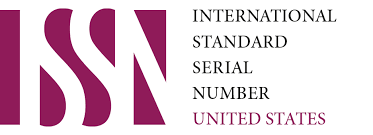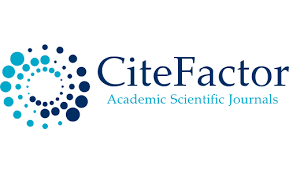Enhancing English Language Teaching through Corpora Analysis
DOI:
https://doi.org/10.62480/tjpch.2024.vol28.pp24-26Keywords:
language teaching, educators, innovative methodAbstract
This article discusses the integration of corpora analysis into English language teaching. It highlights the benefits, methodologies, and potential challenges associated with incorporating corpora analysis in the classroom. The author explains that corpora, which are large collections of written and spoken texts, provide teachers and learners with authentic language data to facilitate language learning and teaching. The article presents various methods for implementing corpora analysis, including selecting suitable corpora, introducing learners to corpora tools and software, and incorporating corpus-based activities into the curriculum
References
Biber, D., Conrad, S., & Reppen, R. (1998). Corpus Linguistics: Investigating Language Structure and Use. Cambridge University Press.
Kennedy, G. (1998). An Introduction to Corpus Linguistics. Longman.
McEnery, T., & Hardie, A. (2012). Corpus Linguistics: Method, Theory, and Practice. Cambridge University Press.
Tribble, C., & Jones, G. (1990). Concordances in the Classroom: A Resource Book for Teachers. HarperCollins.
Davies, M. (2008). The Corpus of Contemporary American English (COCA): 520 million words, 1990-present. Available at https://corpus.byu.edu/coca/.
Downloads
Published
Issue
Section
License

This work is licensed under a Creative Commons Attribution-NonCommercial 4.0 International License.
User Rights
Under the Creative Commons Attribution-NonCommercial 4.0 International (CC-BY-NC), the author (s) and users are free to share (copy, distribute and transmit the contribution).
Rights of Authors
Authors retain the following rights:
1. Copyright and other proprietary rights relating to the article, such as patent rights,
2. the right to use the substance of the article in future works, including lectures and books,
3. the right to reproduce the article for own purposes, provided the copies are not offered for sale,
4. the right to self-archive the article.












